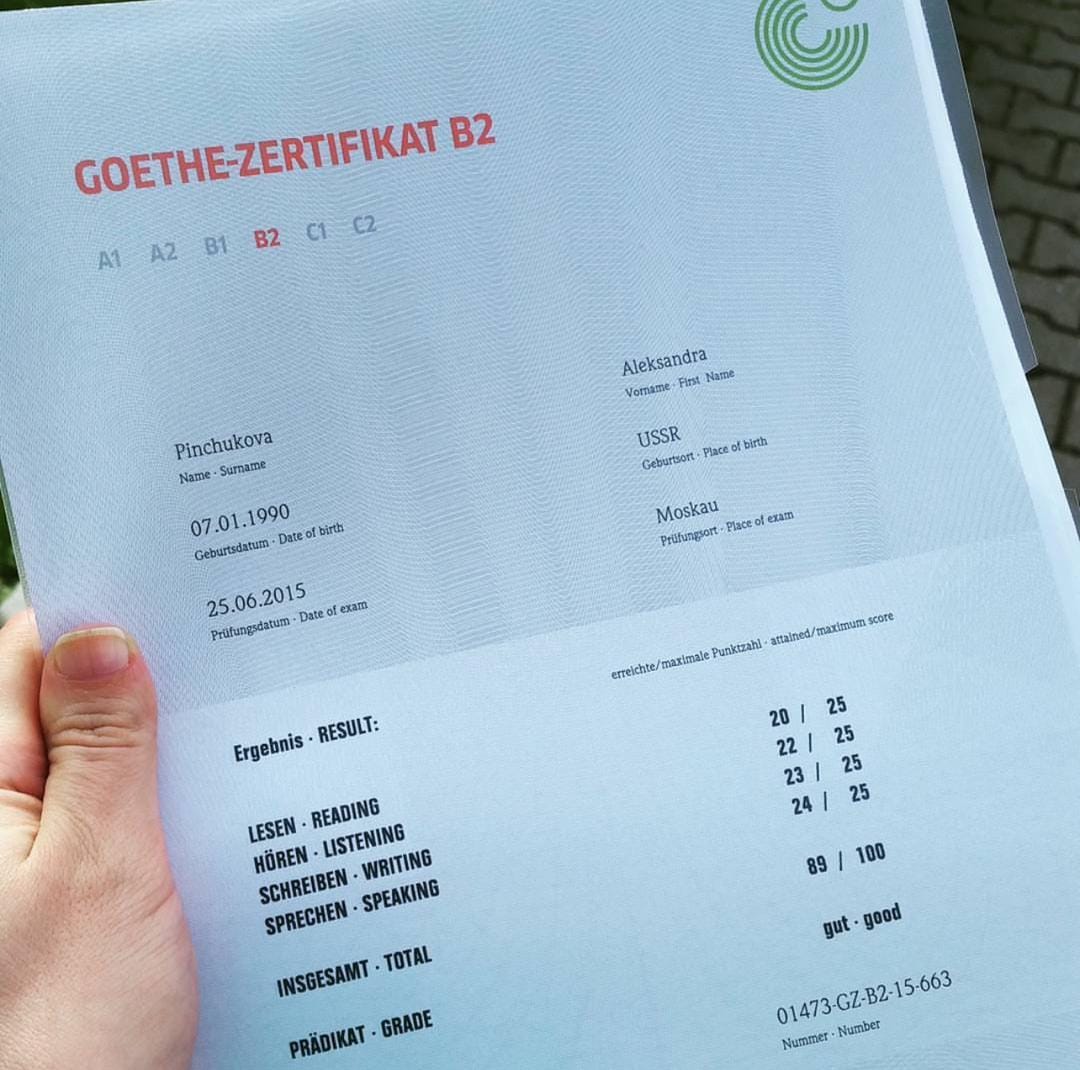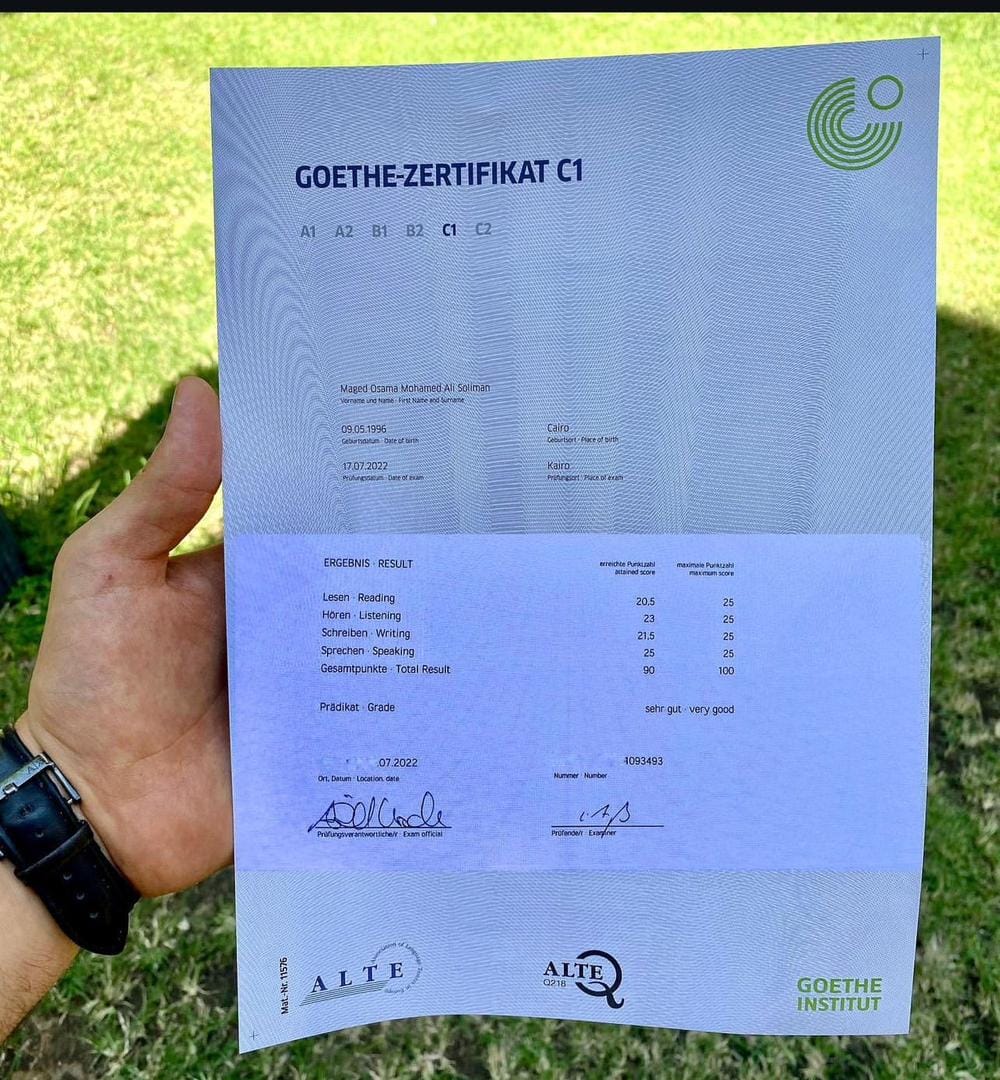5 Laws Anyone Working In Language Level Austria Should Be Aware Of
페이지 정보

본문
Understanding Language Levels in Austria: A Comprehensive Guide
Austria, renowned for [empty] its abundant cultural heritage and spectacular landscapes, is not just popular for its historical significance but also for its linguistic landscape. The German language holds a central role in Austrian society, working as the main medium of interaction in schools, services, and everyday life. Understanding the language levels in Austria is vital for beginners, trainees, and specialists who wish to navigate the linguistic dimensions of this interesting country. This article will delve into the language levels, structures, and resources available for learning German in Austria.
The Common European Framework of Reference for Languages (CEFR).
In Austria, as in lots of European countries, language proficiency is often categorized according to the Common European Framework of Reference for Languages (CEFR). The CEFR offers a standardized way of measuring language capability throughout six levels, from A1 (beginner) to C2 (proficient).
CEFR Levels Breakdown.
Sprachzertifikat a1 (Beginner): Basic expressions and really easy phrases. Students can introduce themselves and ask basic concerns.
A2 (Elementary): Ability to communicate in basic jobs needing direct information exchange on familiar topics.
B1 (Intermediate): Can comprehend the main points of clear basic input on familiar matters. Enables conversation on travel, work, and daily topics.
B2 (Upper Intermediate): Can comprehend the essences of complicated texts and communicate with native speakers with fluency and spontaneity.
C1 (Advanced): Ability to produce clear, well-structured text on complex subjects and comprehend a wide variety of requiring, longer texts.
C2 (Proficient): Can comprehend with ease virtually whatever heard or read and express themselves spontaneously and fluently.
Language Education in Austria.
Austria boasts a strong language education system, accommodating various discovering styles and requirements.
Language Schools and Programs.
Private Language Schools: Institutions such as the Europäische Sprachakademie and Berlitz use extensive language courses tailored to various proficiency levels.
Universities: Many Austrian universities, including the University of Vienna and the University of Graz, use German language programs for worldwide trainees.
Neighborhood Courses: Local community colleges and integration centers often offer inexpensive courses for homeowners.
Online Resources.
In this digital age, a plethora of online resources use choices for self-paced language learning:.
Language Learning Apps: Applications like Duolingo, Babbel, and Rosetta Stone offer interactive learning experiences.
YouTube Channels and Podcasts: Channels such as Easy German and podcasts like Coffee Break German accommodate different levels, using insights into the language and culture.
Language Requirements for Residency and Employment.
For migrants and international students, comprehending the language requirements for residency and employment is basic.
Residency Permit.
To get a residency license in Austria, candidates typically should show a fundamental understanding of German. The needed level is normally at least A1. This requirement intends to ensure that beginners can get involved in every day life and ÖSd-zertifikat c1 interact successfully within the community.
Employment Opportunities.
In regards to employment, the needed language proficiency can differ considerably based upon the industry and position.
Hospitality and Tourism: A strong command of German (ösd b1 or greater) is often essential for customer-facing roles.
Engineering and IT: While some positions may require fluency in German, lots of international companies operate in English, and competence at the B1 level may suffice.
Academic Positions: Professors and researchers must generally go for a C1 efficiency level, as lectures and academic discussions are frequently performed in German.
The Cultural Context of Language in Austria.
Language in Austria is deeply intertwined with the country's culture. Understanding the cultural subtleties of the language improves interaction and fosters real connections.
Dialects.
Austrian German differs in different ways from Standard German, particularly in regards to vocabulary, pronunciation, and phrases. Some frequently recognized dialects consist of:.
 Wienerisch (Viennese): Spoken in Vienna, characterized by special expressions and a distinct accent.
Wienerisch (Viennese): Spoken in Vienna, characterized by special expressions and a distinct accent.
Tirolerisch (Tyrolean): Predominant in Tyrol, known for its melodic intonation.
Steirisch (Styrian): ÖSD-Zertifikat ohne Prüfung kaufen Found in Styria, typically features soft pronunciation and distinct localized vocabulary.
Cultural Etiquette.
Austrian culture worths politeness and rule, specifically in an expert context. Secret rules tips include:.
Usage of Titles: http://freeurlredirect.com/sprachschulesterreich230257 Austrians frequently utilize official titles and surnames until invited to use first names.
Punctuality: Arriving on time to consultations and meetings is a sign of respect.
Polite Conversation: Engaging in courteous small talk is valued before discussing company matters.
FAQs about Language Levels in Austria.
1. What is the finest method to learn German in Austria?
The very best method combines official education (language schools or university courses) with casual methods (discussion groups, cultural exchanges, and media content).
2. Is it essential to speak German to get by in Austria?
While lots of Austrians speak English, particularly in urban areas and tourist centers, discovering German improves the experience, especially in rural areas.
3. What are some common errors students make when finding out German?
Common errors consist of neglecting gender short articles, confusing verb conjugations, and mispronouncing unique noises.
4. For how long does it require to reach fluency in German?
Reaching fluency can take anywhere from 6 months to several years, depending on the person's language background, finding out methods, and immersion in the language.
5. Exist any government-supported language programs in Austria?
 Yes, the Austrian federal government often offers combination courses for immigrants, that include language classes and cultural orientation.
Yes, the Austrian federal government often offers combination courses for immigrants, that include language classes and cultural orientation.
Conclusion.
Understanding the language levels in Austria is essential for effective communication and cultural integration. The CEFR structure uses a clear course for learners, while different educational resources cater to a wide range of requirements. Proficiency in German not only facilitates daily discussions but also opens doors to personal and professional chances within this vibrant nation. Whether one desires live, research study, or work in Austria, mastering the German language is a vital action towards experiencing all that this beautiful country needs to offer.
Austria, renowned for [empty] its abundant cultural heritage and spectacular landscapes, is not just popular for its historical significance but also for its linguistic landscape. The German language holds a central role in Austrian society, working as the main medium of interaction in schools, services, and everyday life. Understanding the language levels in Austria is vital for beginners, trainees, and specialists who wish to navigate the linguistic dimensions of this interesting country. This article will delve into the language levels, structures, and resources available for learning German in Austria.
The Common European Framework of Reference for Languages (CEFR).
In Austria, as in lots of European countries, language proficiency is often categorized according to the Common European Framework of Reference for Languages (CEFR). The CEFR offers a standardized way of measuring language capability throughout six levels, from A1 (beginner) to C2 (proficient).
CEFR Levels Breakdown.
Sprachzertifikat a1 (Beginner): Basic expressions and really easy phrases. Students can introduce themselves and ask basic concerns.
A2 (Elementary): Ability to communicate in basic jobs needing direct information exchange on familiar topics.
B1 (Intermediate): Can comprehend the main points of clear basic input on familiar matters. Enables conversation on travel, work, and daily topics.
B2 (Upper Intermediate): Can comprehend the essences of complicated texts and communicate with native speakers with fluency and spontaneity.
C1 (Advanced): Ability to produce clear, well-structured text on complex subjects and comprehend a wide variety of requiring, longer texts.
C2 (Proficient): Can comprehend with ease virtually whatever heard or read and express themselves spontaneously and fluently.
Language Education in Austria.
Austria boasts a strong language education system, accommodating various discovering styles and requirements.
Language Schools and Programs.
Private Language Schools: Institutions such as the Europäische Sprachakademie and Berlitz use extensive language courses tailored to various proficiency levels.
Universities: Many Austrian universities, including the University of Vienna and the University of Graz, use German language programs for worldwide trainees.
Neighborhood Courses: Local community colleges and integration centers often offer inexpensive courses for homeowners.
Online Resources.
In this digital age, a plethora of online resources use choices for self-paced language learning:.
Language Learning Apps: Applications like Duolingo, Babbel, and Rosetta Stone offer interactive learning experiences.
YouTube Channels and Podcasts: Channels such as Easy German and podcasts like Coffee Break German accommodate different levels, using insights into the language and culture.
Language Requirements for Residency and Employment.
For migrants and international students, comprehending the language requirements for residency and employment is basic.
Residency Permit.
To get a residency license in Austria, candidates typically should show a fundamental understanding of German. The needed level is normally at least A1. This requirement intends to ensure that beginners can get involved in every day life and ÖSd-zertifikat c1 interact successfully within the community.
Employment Opportunities.
In regards to employment, the needed language proficiency can differ considerably based upon the industry and position.
Hospitality and Tourism: A strong command of German (ösd b1 or greater) is often essential for customer-facing roles.
Engineering and IT: While some positions may require fluency in German, lots of international companies operate in English, and competence at the B1 level may suffice.
Academic Positions: Professors and researchers must generally go for a C1 efficiency level, as lectures and academic discussions are frequently performed in German.
The Cultural Context of Language in Austria.
Language in Austria is deeply intertwined with the country's culture. Understanding the cultural subtleties of the language improves interaction and fosters real connections.
Dialects.
Austrian German differs in different ways from Standard German, particularly in regards to vocabulary, pronunciation, and phrases. Some frequently recognized dialects consist of:.
 Wienerisch (Viennese): Spoken in Vienna, characterized by special expressions and a distinct accent.
Wienerisch (Viennese): Spoken in Vienna, characterized by special expressions and a distinct accent.Tirolerisch (Tyrolean): Predominant in Tyrol, known for its melodic intonation.
Steirisch (Styrian): ÖSD-Zertifikat ohne Prüfung kaufen Found in Styria, typically features soft pronunciation and distinct localized vocabulary.
Cultural Etiquette.
Austrian culture worths politeness and rule, specifically in an expert context. Secret rules tips include:.
Usage of Titles: http://freeurlredirect.com/sprachschulesterreich230257 Austrians frequently utilize official titles and surnames until invited to use first names.
Punctuality: Arriving on time to consultations and meetings is a sign of respect.
Polite Conversation: Engaging in courteous small talk is valued before discussing company matters.
FAQs about Language Levels in Austria.
1. What is the finest method to learn German in Austria?
The very best method combines official education (language schools or university courses) with casual methods (discussion groups, cultural exchanges, and media content).
2. Is it essential to speak German to get by in Austria?
While lots of Austrians speak English, particularly in urban areas and tourist centers, discovering German improves the experience, especially in rural areas.
3. What are some common errors students make when finding out German?
Common errors consist of neglecting gender short articles, confusing verb conjugations, and mispronouncing unique noises.
4. For how long does it require to reach fluency in German?
Reaching fluency can take anywhere from 6 months to several years, depending on the person's language background, finding out methods, and immersion in the language.
5. Exist any government-supported language programs in Austria?
 Yes, the Austrian federal government often offers combination courses for immigrants, that include language classes and cultural orientation.
Yes, the Austrian federal government often offers combination courses for immigrants, that include language classes and cultural orientation.Conclusion.
Understanding the language levels in Austria is essential for effective communication and cultural integration. The CEFR structure uses a clear course for learners, while different educational resources cater to a wide range of requirements. Proficiency in German not only facilitates daily discussions but also opens doors to personal and professional chances within this vibrant nation. Whether one desires live, research study, or work in Austria, mastering the German language is a vital action towards experiencing all that this beautiful country needs to offer.
- 이전글7 Things You Didn't Know About Language Certificate 25.03.02
- 다음글Five Killer Quora Answers On Window And Door Companies Near Me 25.03.02
댓글목록
등록된 댓글이 없습니다.